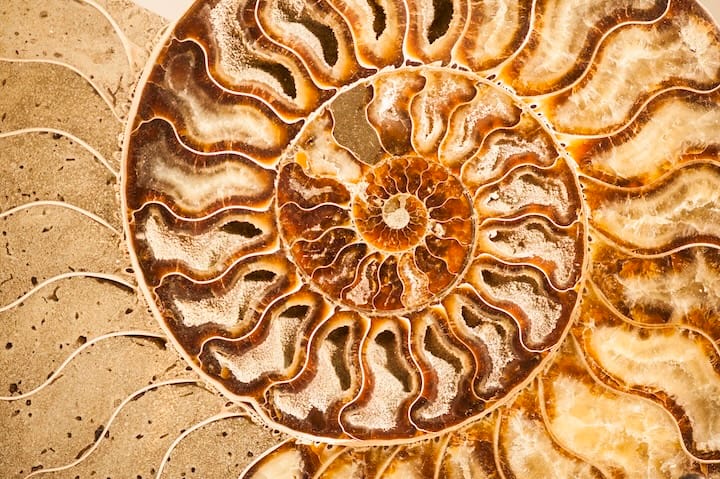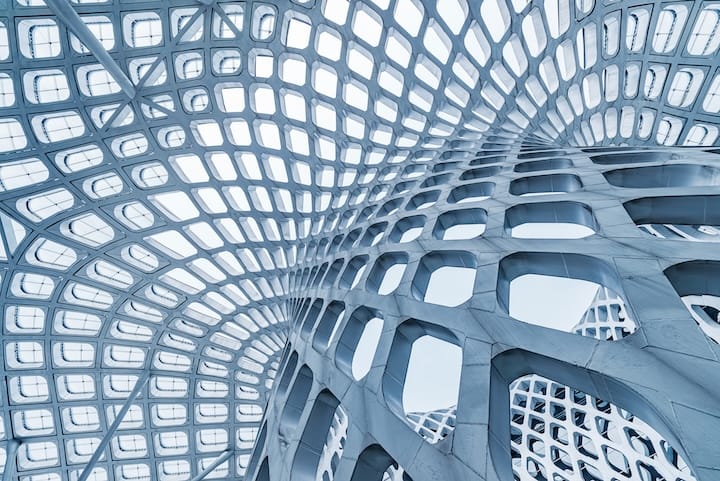As urbanisation accelerates, biomimicry offers sustainable solutions for resilient cities by leveraging tools like digital twins and Grasshopper’s Rabbit plugin
As urbanisation accelerates, the demand for sustainable solutions becomes increasingly urgent. Urban planners are tasked with designing cities that accommodate growing populations while remaining environmentally responsible and socially equitable. One promising approach is biomimicry, a design philosophy that draws inspiration from nature’s strategies to tackle complex human challenges.
What is Biomimicry?
Biomimicry replicates nature’s tried-and-true patterns to develop innovative solutions. By observing how ecosystems function and thrive, we can design urban environments that mimic these natural systems, improving efficiency, reducing waste, and enhancing quality of life. This approach enables cities to optimise resources and minimise waste, promoting a more sustainable urban ecosystem.

The Role of Digital Tools in Urban Planning
The integration of digital tools in urban planning has revolutionised how we visualise and simulate urban growth. Two notable technologies in this space are digital twins and Grasshopper’s Rabbit plugin.
- A digital twin, a virtual model of a physical entity that integrates real-time data. In urban planning, it acts as a digital replica of a city, allowing planners to monitor, simulate, and assess various scenarios. For example, digital twins can visualise how different design choices affect traffic, energy use, and environmental impacts, offering planners critical insights for more informed decision-making.
- Grasshopper’s Rabbit Plugin, a tool uses cellular automata to simulate urban growth based on nature-inspired rules. By modeling how cities might evolve under different conditions, planners can explore designs that mimic natural patterns, such as tree branching or coral formations. This approach enhances creativity and allows sustainable strategies to be tested before real-world implementation.
Applications of Biomimicry in Urban Planning
The applications of biomimicry in urban planning are vast and varied. Here are some key areas where this approach can make a significant impact:
- Efficient Resource Management: By studying ecosystems, urban planners can design systems that maximise resource efficiency. For instance, rainwater harvesting systems inspired by trees and plants ensure optimal water use, mimicking how nature collects and stores this crucial resource.
- Sustainable Building Design: Biomimetic architecture uses natural structures to create energy-efficient buildings. For example, buildings modelled after termite mounds can naturally regulate temperature, reducing the need for air conditioning and lowering energy consumption.
- Enhancing Biodiversity: Integrating green spaces into urban settings not only beautifies the environment but also supports biodiversity. Planners can design parks and green roofs that imitate natural habitats, fostering wildlife and improving air quality.
- Resilient Infrastructure: Biomimicry also guides the creation of infrastructure that can withstand climate challenges. Designing drainage systems similar to wetlands helps manage stormwater and mitigate flooding, making cities more climate-resilient.
The Future of Urban Planning: A Regenerative Approach
As we look to the future, it’s evident that incorporating biomimicry into urban planning is crucial for building sustainable cities. Neri Oxman aptly noted, “In the future, we will no longer need to build in a way that depletes resources; we will create systems that are regenerative.” This vision perfectly aligns with biomimicry’s core principles, highlighting the importance of designing urban environments that not only coexist with nature but actively contribute to its regeneration.
By leveraging innovative tools like Grasshopper’s Rabbit plugin and embracing nature-inspired design principles, urban planners can pave the way for cities that thrive harmoniously with their natural surroundings.

The challenges of urbanisation, therefore, present a unique opportunity to rethink how we design our cities. By drawing inspiration from nature and utilising advanced visualisation tools, we ultimately have the potential to create urban environments that are not only sustainable but also regenerative. So, how can we further integrate these principles into the cities of tomorrow? Let’s discuss1




